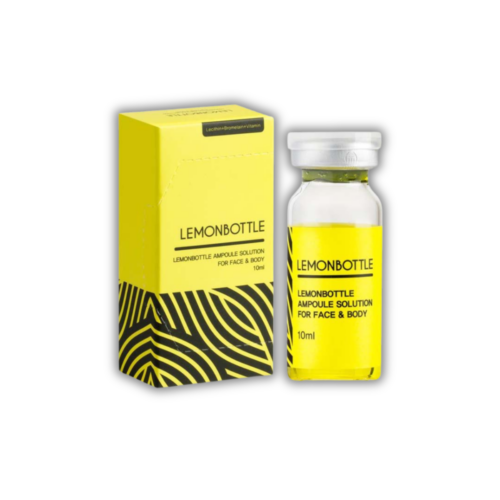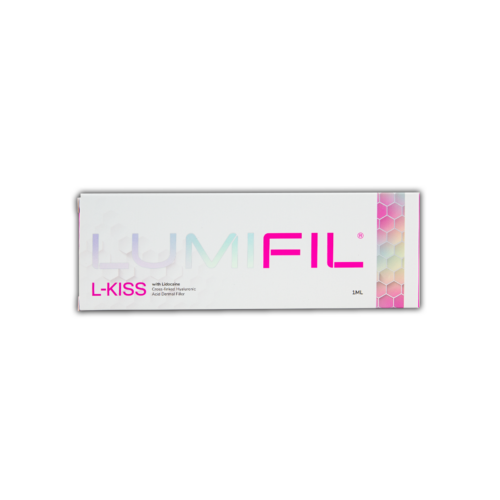Order by 3pm to Get Next Working Day Delivery
Save an extra 10%
-
HOT

Lemon Bottle ( 1 Vial )
£29.99 £24.99 ex. VAT -
HOT

Lumifil Kiss
£20.40 £17.00 ex. VAT



Dermal fillers are a popular cosmetic treatment to enhance facial features, smooth wrinkles, and restore lost volume. However, some individuals hesitate to try fillers due to concerns about adverse outcomes, including the fear that fillers might “ruin” their face. But is there any truth to this fear?
Let’s explore the facts and myths surrounding dermal fillers to provide a clearer understanding.
Dermal fillers are gel-like substances, usually made from hyaluronic acid, that are injected beneath the skin to add volume and smoothen lines. Hyaluronic acid is naturally found in the skin and is essential in keeping it hydrated and plump. These fillers can be used to correct volume loss, improve facial symmetry, and reduce the appearance of fine lines and wrinkles.
With the boom of social media and countless influencers and celebrities promoting dermal fillers, It’s normal for someone to be impressed by them. However, social media tends to excite things and set unachievable expectations. It’s vital to consult a doctor and do proper research before deciding.
Like any medical treatment, facial fillers have risks and potential side effects. Although they are typically safe, it’s essential to understand the possible complications before opting for the procedure.
Common side effects include swelling, bruising, and redness at the injection site, which typically subside within a few days.
In rare cases, more severe complications can arise, such as infection, allergic reactions, or the formation of lumps under the skin. Incorrect placement of fillers can also lead to an unnatural or uneven appearance. In rare instances, too much cheek filler can occur, which may obstruct lymphatic drainage channels, causing inflammation and swelling. Choosing a skilled and experienced practitioner can significantly reduce these risks.
Cosmetic dermatology experts hold varying views on the long-term effects of fillers. Many argue that when used correctly and in moderation, fillers can achieve natural, attractive results without leading to permanent harm. They stress the importance of selecting a qualified practitioner with a strong understanding of facial anatomy and a cautious approach to prevent overfilling or imbalances.
This is the most common misconception. Dramatic changes often come from overuse or incorrect placement of fillers. When fillers are applied in moderation, the results are subtle and natural-looking. The goal should always be to restore and enhance, not drastically alter the face.
Most dermal fillers, especially hyaluronic acid-based ones, are temporary and typically last 6 to 18 months. Your body will naturally break down the filler over time, meaning the results will gradually fade. If unsatisfied with your results, the filler can often be dissolved using a particular enzyme.
Some worry that they’ll be left with stretched or saggy skin once the filler dissolves. However, fillers do not overstretch the skin. If anything, fillers can stimulate collagen production, which may help improve the skin’s texture over time.
Don’t miss this: Lip filler myths – 8 misconceptions you should be aware of
When applied correctly, fillers will not ruin your face. The key to a successful filler treatment is to work with a skilled professional who understands the science and artistry of facial aesthetics. With proper technique and moderation, fillers can provide beautiful, natural-looking results that enhance your features rather than change them. Like any cosmetic procedure, education and choosing the right provider are essential to achieving a positive outcome.
When applied correctly, fillers aren’t inherently wrong for the face. They can safely enhance features and restore volume. However, improper use or overuse may lead to unnatural results or complications. Choosing a skilled practitioner is essential to achieving natural-looking and effective outcomes.